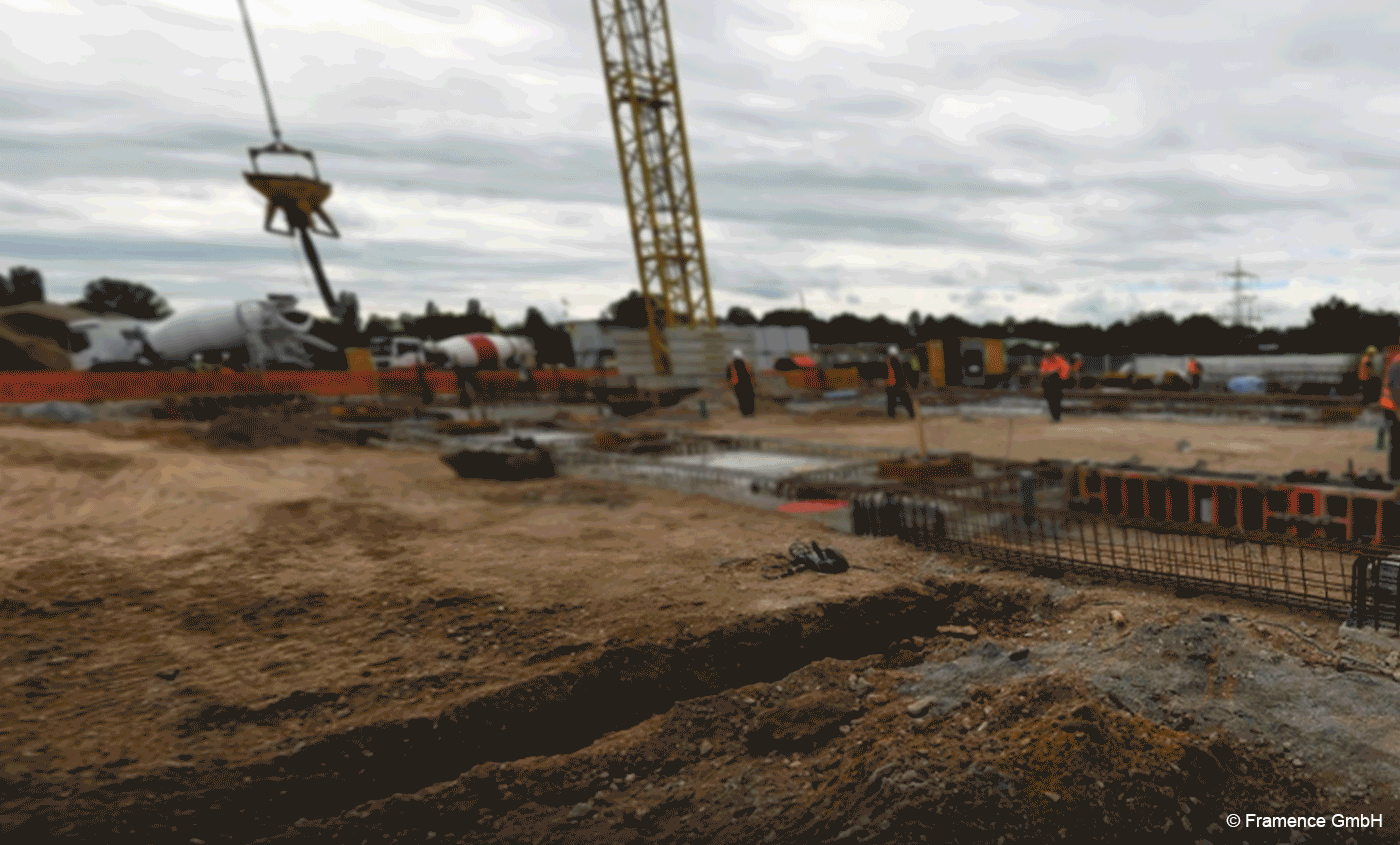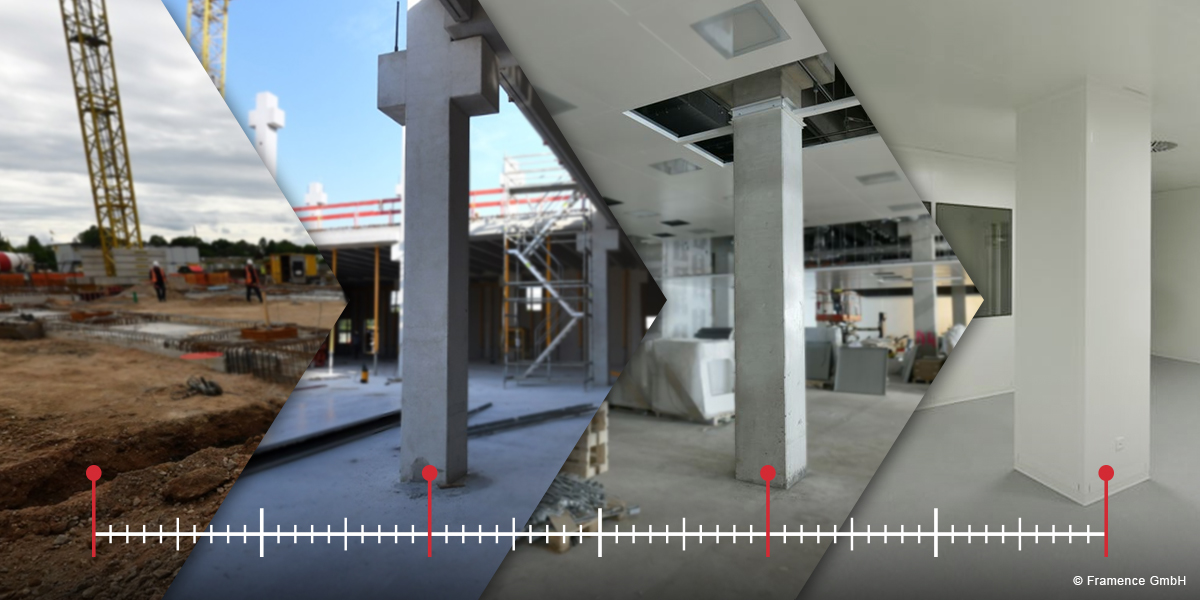All specialists who deal with buildings, plants and technical installations know how fast-moving these environments are. Technical environments are especially subject to constant change due to conversions, modifications or innovations. On the one hand, this makes corresponding up-to-date documentation very difficult; on the other hand, it is also almost impossible to view an asset or its environment over its entire life cycle.
We founded Framence GmbH with the knowledge that documentation must not only be uncomplicated and fast, but also as inexpensive as possible in order to be truly applicable in practice. Therefore, only photos taken with commercially available digital cameras are used for the creation of our photorealistic digital twins. The capture is so uncomplicated that no specialized personnel is needed. This method makes creating photorealistic digital twins scalable and economically feasible for the first time.
In order to depict this time variability and to enable lifecycle viewing, we have equipped our twins with a powerful tool: the time slider. This allows the user to view an asset with all its changes over time in a photorealistic way.
In addition to geometric positioning in the coordinate system, each image is also located on the time slider based on its timestamp. All the user has to do is upload the images to the system – positioning the image in the twin correctly is done automatically.
The time slider is useful both in the case of major changes, such as conversions, capturing new buildings and construction site documentation, but also in the case of minor changes, such as the replacement of a single machine or pump.
In the case of major changes, panoramic images are taken at regular intervals using a digital camera to document the surroundings. The user can move through time to view the past situation and compare it to the current reality. This makes it easy, for example, to see the position of installations that have since been hidden, such as pipelines or cables. Since a mixture of “old” and “new” images is always accessible, only those areas that have actually been changed need to be re-captured: if, for example, only one room out of a total of ten has been renovated, only this one room needs to be re-captured.
For minor changes, the employee can use a smartphone to photograph the change and then upload it to the software. The system automatically places the image in the correct position, adding to the existing virtual environment.
Regardless of how the images were created – as a spherical panorama or a single image – they are permanently available in the system and allow for easy and quick complete documentation over time. All important information about your assets is thus permanently available to you with just a few clicks.

Would you also like to keep an eye on your assets throughout their entire life cycle and be able to precisely track all changes? Then give us a call at 06251 584 0 or send us an e-mail at info@framence.com to arrange a non-binding consultation.








